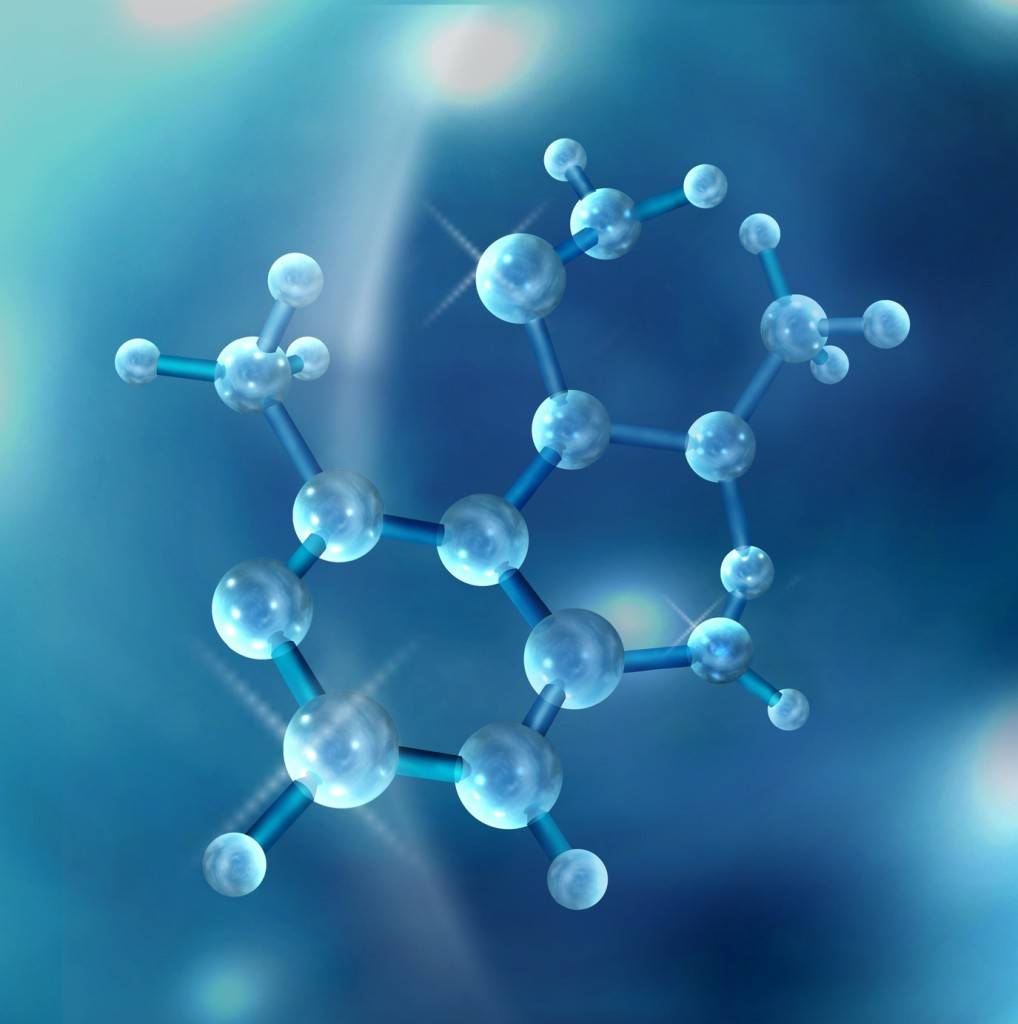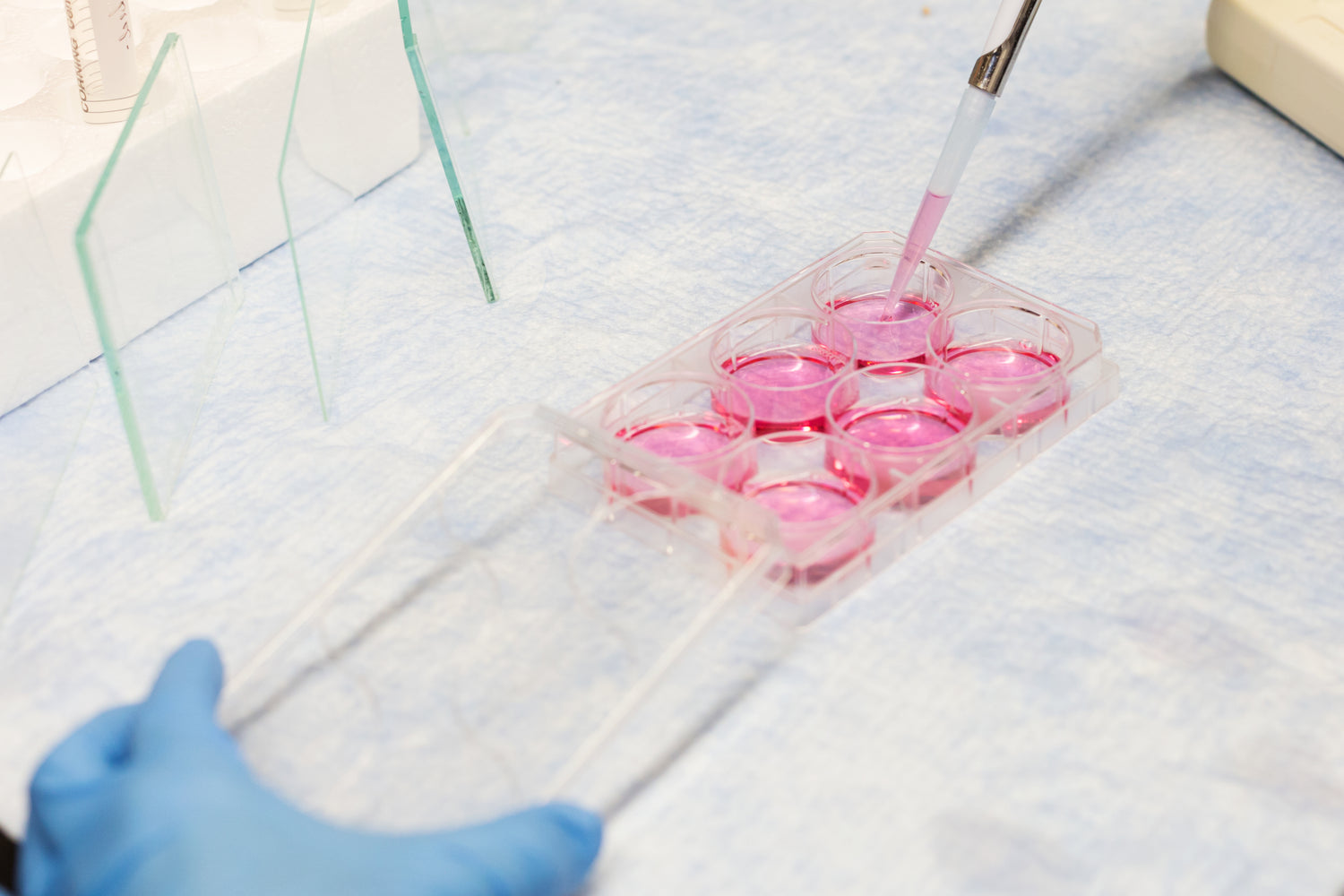Population growth and industrial development have led to increased emissions of toxic organic pollutants, posing a threat to the environment and human health. Photocatalysis technology can decompose pollutants by solar energy, and the design of high-performance nanostructured photocatalyst has become a research hotspot.
The nanocomposites were characterized by X-ray diffraction, field emission scanning electron microscope, transmission electron microscope, Fourier transform infrared spectroscopy and air resistance reduction system.
Nanometer photocatalyst was prepared by ultrasonic chemical method using tetraethylenepentamine as basic reagent. The influence of ultrasonic time and power on its structure and morphology was studied.
With a variety of dyes as target pollutants, the degradation performance of the photocatalyst was tested under ultraviolet light, the influence of pollutant concentration and the amount of photocatalyst on the degradation effect was studied, and the free radical capture experiment and the reusability test of the photocatalyst were conducted. The results of field emission scanning electron microscopy showed that the porous nanocomposites composed of spherical nanoparticles with a particle size of 20-60 nm could be prepared by ultrasound for 10 minutes at a power of 500W.

System analysis shows that the energy gap of the composite is 3.41eV, which is narrower than pure and favorable for photocatalytic reactions. It has a mesoporous structure and a large specific surface area, which helps to adsorb pollutants and provide reactive sites.
The degradation efficiency was different under different pollutant and photocatalyst dosage. In general, pollutant concentration and photocatalyst have the best degradation effect on some pollutants, while others have better degradation effect on other pollutants.
Nano-composites with high catalytic degradation performance for toxic pollutants were successfully prepared by ultrasonic chemical method. Optimized ultrasonic time and power can obtain the ideal structure of the material.








